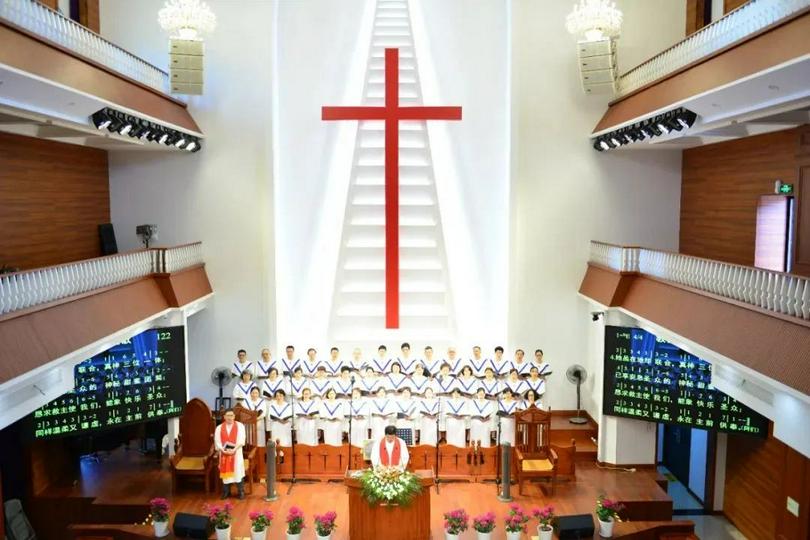Chinese believers are enthusiastic about building new church buildings, but it is not just about creating a place for worship. It involves a complex process of approvals, funding, design, and construction. Each step requires careful consideration and planning. In other words, building a church requires a strategic plan.
Pastor L, the chairman of the Three-Self Patriotic Movement Committee of a city in East China, who has initiated the construction of over twenty churches in more than a decade, provided insights into church planning, design, and construction.
Three key elements in church construction planning: layout, design, and quality
Firstly, proper size and layout planning are crucial for church construction. Pastor L emphasizes the importance of aligning church construction with the country's policies, such as rural urbanization.
In the city where Pastor L serves, the urbanization level has reached 70%. Considering the local conditions, he plans as follows: constructing grand churches in county and city areas, moderately-sized churches in towns and streets, and small, exquisite churches in rural areas.
It's crucial to have a forward-thinking mindset, Pastor L highlighted. It is known that inadequate planning in some regions has led to the waste of resources. In certain rural areas, two large churches, built five or six hundred meters apart, had to merge due to decreasing rural populations. One of the churches was closed, resulting in the wasteful expenditure of millions.
In addition to layout and size, Pastor L placed great emphasis on the design and quality of churches. In terms of design, he suggested building the church in a Chinese style, not confining to the traditional Gothic style.
Regardless of the church size, Pastor L invites professional design institutes to design churches. He opts for a frame structure rather than a traditional brick and concrete house or a simple structure, aiming to achieve a balance between aesthetics and safety. He emphasized that the construction project meets a high standard of quality to be aligned with the development of the times.
In church design, the central church under Pastor L's leadership incorporates an underground parking lot connecting the main building and ancillary buildings, which is a forward-thinking mindset. Additionally, they also built a training center that doesn’t have dormitories. Students can get home from the training center in 40 minutes to an hour by electric bike instead of taking long bus rides like in the past. In the evening, they can go home to take care of the elderly and children.
Seize the opportunity and actively raise funds to build a church
During the church construction process, obtaining land and fundraising pose significant challenges. In this context, the organizational and coordinating abilities of church leaders are crucial.
In a testimony during a dedication service, a pastor shared that the church had missed two opportunities for building. Local officials twice offered land for church construction, but the older pastor in charge at the time declined because he wanted to keep the old church that his forebears had built. The completion of the new church happened when the new leadership seized the third opportunity.
Some church leaders worried that relocating the church might disperse the congregation, therefore missing a good opportunity to build a church. There was a substantial congregation even twenty years ago in an area, with the money to build a new one. However, due to the evolution of urban planning, obtaining land for construction has become increasingly difficult. With limited capacity, this old church has to increase worship sessions to meet the demand for gatherings for believers.
Some churches miss the opportune time for reconstruction due to financial reasons. There are three different funding scenarios: some complete construction with debt; some build-in stages based on financial capabilities; and some miss the construction timing due to prolonged preparations. Regrettably, some completed churches end up being sold off due to overwhelming debt. As land prices rise, the construction of the new church is delayed, though the church continues to save money, which is a disappointing case.
Pastor L suggests that church leaders build churches according to their needs and economic conditions without unnecessary competition. He also emphasized the importance of effective pastoral care; without it, congregants' contributions may be insufficient.
In recent years, due to urban development and the eagerness of congregants to improve worship conditions, there has been a surge in the construction of church facilities. When planning church construction, it is essential to have a strategic approach and take into account varied factors. Seizing opportunities and making timely decisions are also crucial aspects.
- Translated by Abigail Wu












